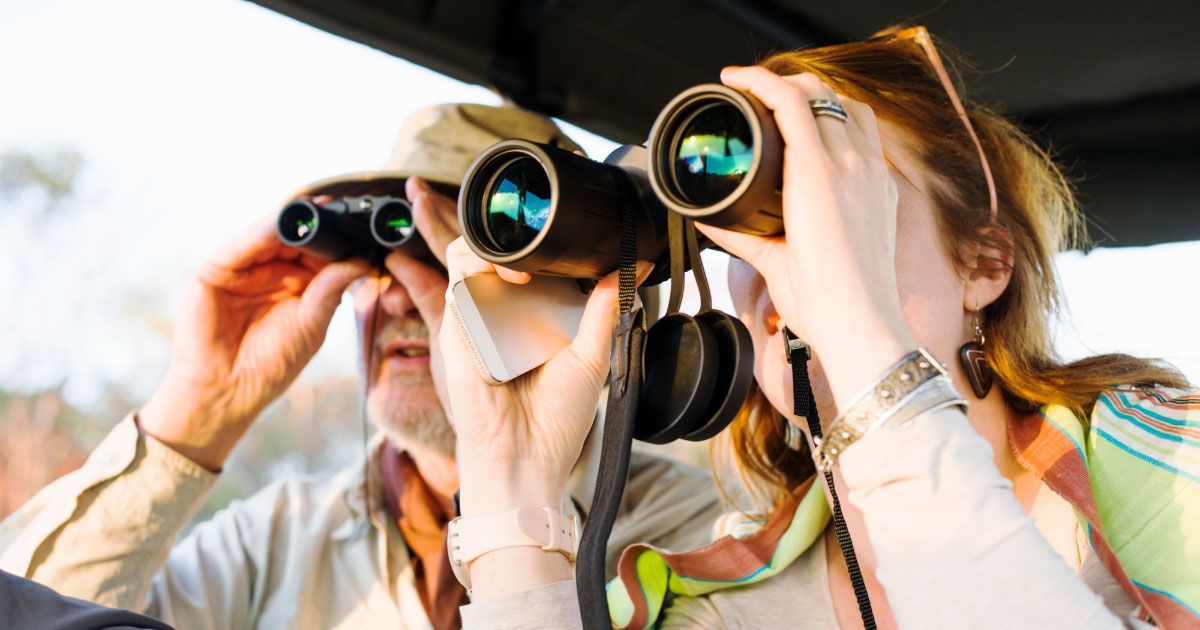Vision Through Time: Ancient Solutions to Age-Old Sight Problems

Read time: 5 minutes
Long before modern optometry and sleek designer frames, ancient civilizations developed remarkably innovative approaches to vision correction. Their solutions, while primitive by today's standards, laid the groundwork for modern eyewear and demonstrated impressive ingenuity.
Early Egyptian Ingenuity
The ancient Egyptians, as early as 3000 BCE, created some of the first known written references to vision problems. Hieroglyphics describe "eye healers" who used polished crystals and stones to magnify text and objects. Egyptian artisans crafted delicate copper plates with tiny pinhole perforations, an early version of pinhole glasses that helped sharpen blurry vision.
Additionally, the ancient Egyptians valued cosmetics not just for beauty but also for their medicinal properties. The use of kohl around the eyes was believed to reduce glare from the sun and protect against infections, an early form of ocular health preservation. Their awareness of eye care extended beyond magnification and into proactive vision protection.
Roman Visual Innovation
The Romans made significant strides in understanding vision correction. Emperor Nero famously watched gladiator fights through an emerald lens, which may have helped him deal with what historians believe was short-sightedness. More importantly, Roman scholars discovered that glass bowls filled with water could magnify text, leading to the development of reading stones.
Another lesser-known Roman innovation involved the use of water-filled globes placed over manuscripts to magnify text, a precursor to modern magnifying glasses. This practical application of optics suggests that Romans had a deeper understanding of light refraction than previously assumed.
Chinese Contributions
During the Song Dynasty (960-1279 CE), Chinese healers used smoky quartz lenses to protect judges' eyes in courtrooms. They believed these lenses could hide their eyes' emotional reactions while questioning witnesses. More practically, they discovered that different shaped crystals could help people see better in different conditions.
Chinese scholars also experimented with concave and convex lenses, though they primarily used them for decoration and protection rather than strict vision correction. It wasn't until later centuries that Chinese artisans began incorporating these discoveries into more refined optical devices.
Islamic Golden Age Breakthroughs
The Islamic world made tremendous contributions to vision science between the 8th and 14th centuries. The scholar Ibn al-Haytham wrote extensively about optics and vision correction in his Book of Optics. He described how curved glass could bend light and potentially improve vision, laying the theoretical foundation for corrective lenses.
His work detailed the principles of refraction, the first step toward understanding how lenses could be shaped to correct vision problems. His studies influenced European optical advancements and helped bridge the knowledge gap between ancient experimentation and structured scientific study.
Early European Developments
Monks in medieval European monasteries developed "reading stones"—clear quartz or beryl stones shaped like half-spheres that could magnify text when placed directly on writing. These became crucial tools for aging scribes who struggled with presbyopia, the natural aging of eyes that makes close-up work difficult.
The development of reading stones led to the production of handheld magnifiers, which were widely used by scholars and merchants alike. By the 13th century, these stones evolved into more refined optical devices that would later form the basis of eyeglasses.
Learn more about the interesting history of reading stones here.
From Stone to Spectacles
The leap from reading stones to wearable eyeglasses happened in Italy around 1286. Venetian craftsmen, already skilled in glasswork, created the first crude spectacles by mounting two magnifying lenses in bone, leather, or metal frames. These early glasses were essentially two reading stones connected by a bridge that balanced on the nose.
Venetian traders spread this technology across Europe, and by the 15th century, eyeglasses had become more accessible. The invention of convex and concave lenses allowed for correction of both farsightedness and nearsightedness, a major breakthrough in vision correction.
The Craftsmanship Challenge
Ancient civilizations faced immense challenges in creating vision aids. Crafting clear, uniformly thick lenses required incredible skill. Materials were expensive and rare. Each piece had to be carefully ground and polished by hand, making early vision correction tools precious items available only to the wealthy and powerful.
Despite these challenges, optical craftsmanship continued to evolve. The Renaissance period saw a rapid improvement in lens-making techniques, paving the way for the mass production of eyeglasses and, later, the development of sophisticated optical instruments like telescopes and microscopes.
Modern Reflections
Looking back at these ancient approaches helps us appreciate both human ingenuity and modern advancement. Many principles discovered by ancient civilizations—like pinhole focus improvement and the magnifying properties of curved surfaces—remain relevant in modern optometry.
Unexpected Applications
Some ancient vision correction methods had surprising uses. Warriors in various cultures used polished shields to reflect sunlight into enemies' eyes, showing an understanding of how reflective surfaces could affect vision. Sailors used crystals to spot distant ships through haze, an early application of vision enhancement technology.
Ancient scholars also observed how animal eyes adapted to different light conditions and attempted to mimic these adaptations in their lens designs. For example, medieval lens-makers experimented with different materials to replicate the way nocturnal animals' eyes enhanced low-light vision.
The Takeaway
The story of ancient vision correction reminds us that innovation often comes from necessity. From Egyptian copper plates to medieval reading stones, each civilization contributed to our understanding of vision correction. These early efforts, though primitive, laid the foundation for modern optical science and remind us that the quest for better vision is as old as civilization itself.
Today, we benefit from centuries of innovation, from simple magnifying stones to high-tech prescription lenses and laser eye surgery. As technology continues to advance, the same spirit of curiosity and problem-solving that drove ancient civilizations will shape the future of vision correction.
The information provided in this article is intended for general knowledge and educational purposes only and should not be construed as medical advice. It is strongly recommended to consult with an eye care professional for personalized recommendations and guidance regarding your individual needs and eye health concerns.
All of Urban Optiks Optometry's blog posts and articles contain information carefully curated from openly sourced materials available in the public domain. We strive to ensure the accuracy and relevance of the information provided. For a comprehensive understanding of our practices and to read our full disclosure statement, please click here.
OUR LATEST POSTS
© Urban Optiks Optometry, Inc. 2009-2025
All Rights Reserved
Location
The Cairo Building
3788 Park Blvd, Suite 5
San Diego, CA 92103
Phone: 619.683.2020
Text: 619.683.2020
Fax: 619.683.2111
Email: info@uoosd.com
Hours
Monday: 9 am – 7 pm
Tuesday: 9 am – 6 pm
Wednesday: 9 am – 6 pm
Thursday: 9 am – 7 pm
Friday: 9 am – 6 pm
Saturday: 9 am – 5 pm
Sunday: Closed


















